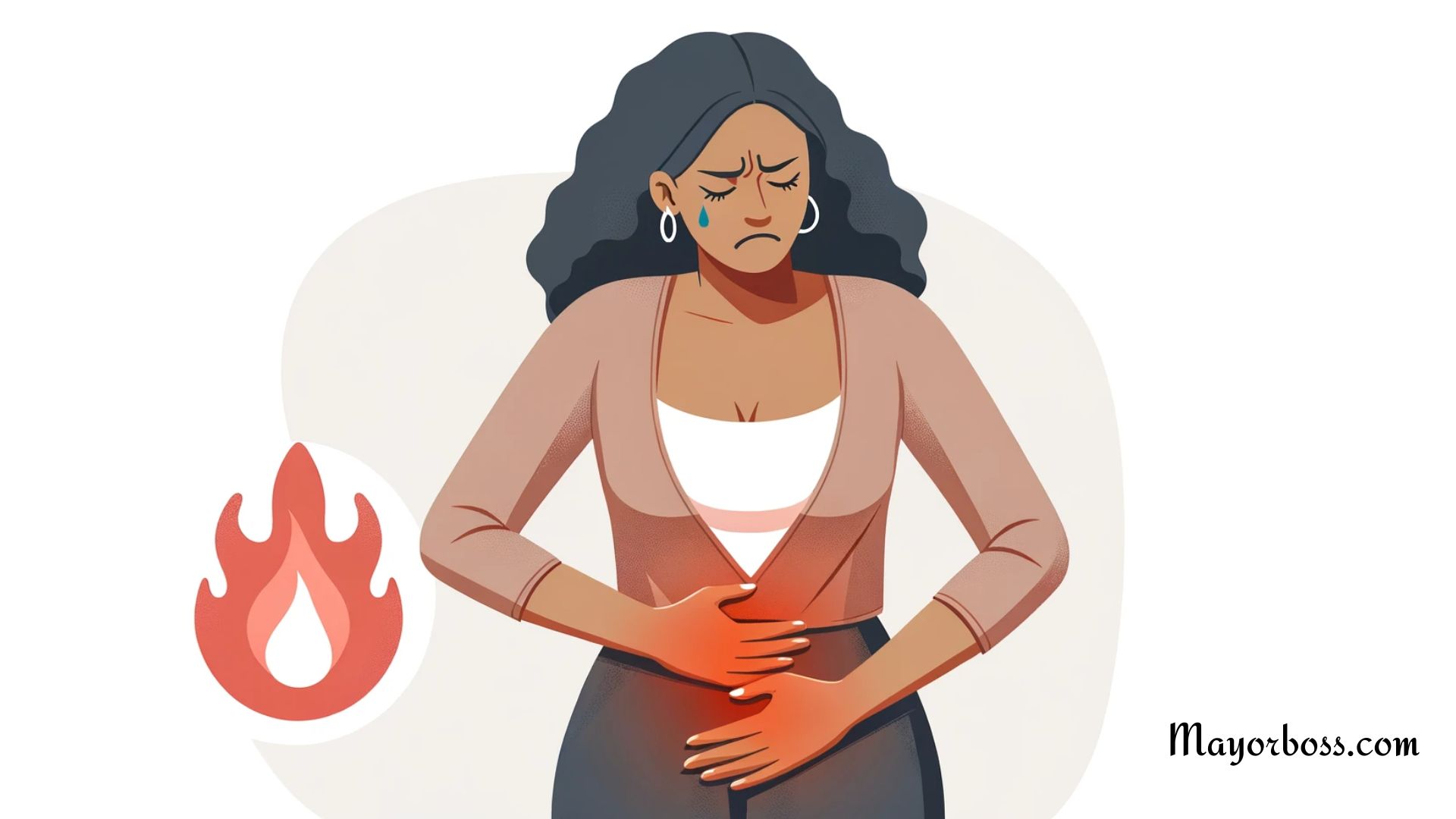How To Tell The Difference Between A UTI And Yeast Infection
Both UTIs (Urinary Tract Infections) and yeast infections are common issues that predominantly affect women. Although they share some symptoms like itching and pain, they are fundamentally different conditions caused by different organisms. Knowing how to differentiate between the two can help you seek appropriate treatment sooner rather than later.

What Causes UTIs and Yeast Infections?
UTI Causes
For the most part, UTIs occur when bacteria, usually E. coli, enter the urinary tract. This can happen during sexual activity or when bacteria from the rectal area move toward the urinary tract. UTIs are not contagious and are generally caused by bacteria.
Yeast Infection Causes
On the other hand, yeast infections are caused by an overgrowth of the fungus Candida. This can occur due to hormonal changes, antibiotic use, or even a weakened immune system. Unlike UTIs, yeast infections can be passed between sexual partners.
Common Symptoms: UTI vs Yeast Infection
UTI Symptoms
If you’re dealing with a UTI, you’ll likely experience the following symptoms:
- Frequent urge to urinate
- Pain or burning sensation during urination
- Cloudy or foul-smelling urine
Yeast Infection Symptoms
For yeast infections, these are the typical symptoms you might notice:
- Itching and irritation in the vaginal area
- White, clumpy vaginal discharge
- Pain during sexual intercourse
Symptoms Comparison: UTI vs Yeast Infection
Here’s a quick table to help you spot the differences in symptoms between UTIs and yeast infections:
| Symptoms | UTI | Yeast Infection |
|---|---|---|
| Frequent urge to urinate | ✔️ | ❌ |
| Pain or burning sensation during urination | ✔️ | ❌ |
| Cloudy or foul-smelling urine | ✔️ | ❌ |
| Itching and irritation in the vaginal area | ❌ | ✔️ |
| White, clumpy vaginal discharge | ❌ | ✔️ |
| Pain during sexual intercourse | ❌ | ✔️ |
This table makes it clear that while some symptoms might seem similar, UTIs and yeast infections are quite distinct when it comes to what you actually feel. UTIs are generally associated with urinary issues like frequent urination and painful urination, whereas yeast infections are more about discomfort in the vaginal area, including itching and a specific type of discharge. So, if you know what to look for, telling the two apart becomes a lot easier.
How Do You Diagnose These Conditions?
UTI Diagnosis
To confirm a UTI, doctors usually perform a urine test. In some cases, a culture may also be done to identify the specific bacteria causing the infection.
Yeast Infection Diagnosis
For a yeast infection, a physical examination is often sufficient. Sometimes, a sample of the vaginal discharge may be taken for lab testing to confirm the diagnosis.
Treatment: What You Can Do
UTI Treatment
To treat a UTI, antibiotics are typically prescribed. Make sure to complete the entire course, even if you start feeling better, to ensure that the bacteria are completely eradicated.
Yeast Infection Treatment
Antifungal medications are the go-to treatment for yeast infections. These can be either oral medications or topical creams applied directly to the affected area.
Prevention Tips: Keep Problems at Bay
UTI Prevention
To minimize the risk of getting a UTI, make sure to:
- Drink plenty of water
- Urinate before and after sexual activity
- Wipe from front to back after using the toilet
Yeast Infection Prevention
To prevent yeast infections, you can:
- Avoid tight-fitting underwear
- Opt for cotton underwear
- Limit the use of antibiotics to when absolutely necessary
When to Seek Medical Help
If you’re experiencing symptoms that could be either a UTI or a yeast infection, it’s important to communicate with your doctor. This is especially crucial if you’re pregnant, as untreated UTIs can lead to complications.
So, while UTIs and yeast infections may share some similar symptoms, they are different conditions that require different treatments. Accurate diagnosis is key to getting the relief you need.
